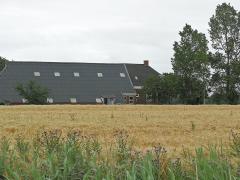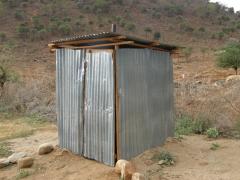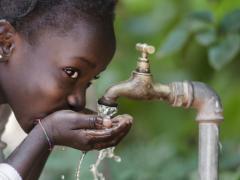Aggregated indices for trends in eutrophication of different types of fresh water in the Netherlands
As in many European countries, eutrophication of surface waters is a key problem in the Netherlands, caused by high concentrations of nitrogen (N) and phosphorus (P). For implementation of the EU Water Framework Directive (WFD) in the Netherlands, surface water types have been identified and for each water type environmental quality standard concentrations (EQS) were determined for both nutrients.
With these standards, a new method was developed to quantify trends in water quality with respect to eutrophication on a national scale for the period 1990–2010. Firstly, monitoring data were aggregated to seven classes of surface water. Next, for each water class and each nutrient, a Nutrient Index was developed to express the degree of exceedance of EQS (distance-to-target method). The Nutrient Index for N shows a minor exceedance of EQS as well as an improvement in all water types; for P, the index shows a major exceedance in small stagnant waters throughout the 1990–2010 period, whereas in major rivers and lakes levels were close to EQS. Thirdly, the indices for seven surface water classes were aggregated to one index for each nutrient, and finally to a national Eutrophication Index combining N and P. This Eutrophication Index integrates all monitoring data and shows an improvement in the period 1990–2003 and stabilization since 2004.
Authors
Specifications
- Publication date
- 31 January 2014
- Publication type
- Publicatie
- Magazine
- Ecological Indicators 36, 456-462
- Product number
- 1366




